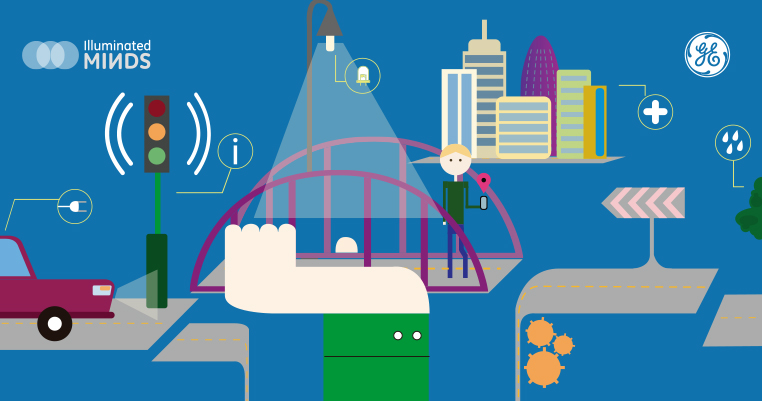The growing influence of the Industrial Internet (which connects the physical and digital worlds) is leading to designs that combine LED with wireless sensors and data-transmitting technology. When used in a ‘smart city’ environment, this kind of infrastructure is capable of far more than just lighting, providing real safety benefits for citizens.
Examples of successful use of LED for safety purposes have been already implemented in cities such as Bauru in Brazil and La Garrotxa in Spain.
Most famous as the hometown of soccer superstar Pelé, Bauru can be found in the state of Sao Paulo and is one of the country’s densest population centres with high volumes of traffic. This is something of a concern in the UN Decade of Action for Road Safety 2011-20. The purpose of the UN Decade of Action is to counter the increasing numbers of people dying in traffic accidents and save 5 million lives over the ten-year period. Of course, good lighting is critical and in 2013, the city of Bauru partnered with GE to convert 2,000+ traffic lights to LED. The LED signals last 10 times longer than traditional technology and will reduce energy consumption by up to 80%. At the same time, they produce greater visibility and clearer colours, reducing the distraction of drivers by the intense Brazilian sunlight. With nearly 3,400 traffic fatalities per day in the world , Bauru and GE are doing their part to bring that figure down.
|

|
|
LEDs puts safety first (photo:Illuminated Minds)
|
In addition to this boost to day to day urban safety, the use of new wireless sensor infrastructures is also offering advanced warnings of natural disasters. Although most people may not give the subject too much thought, the reality is that in the last 25 years, there have been 850,000 deaths in the world due to such natural disasters. What’s more, this amounts to $3,300billion USD in economic damage. As an extension of the Rockefeller Foundation’s 100 Resilient Cities initiative, the La Garrotxa region in Spain is taking a step to reduce these figures, developing a daily monitoring system to provide early earthquake and flood warnings.
In the province of Girona, northeast of Barcelona and lying between the Mediterranean and the Pyrenees, La Garrotxa is known for its volcanic landscape and has become one of the first test sites for this kind of early warning system. Using Wi-Fi technology and 40 different types of environmental sensors managed through a city ‘dashboard’, local officials can monitor local river levels for early signs of floods, and temperature, humidity, and CO2/CO levels to detect the forest fires which the region is prone to.
These two examples show the safety features and possibilities of LED and wireless technology for fire departments, police services, and government offices. LED lighting together with Predix—GE’s software platform for the Industrial Internet allows for advanced lighting control, traffic and parking optimization, and environmental monitoring and analysis, among other benefits. Sophisticated infrastructures transmitting data at the speed of light means safer cities.












